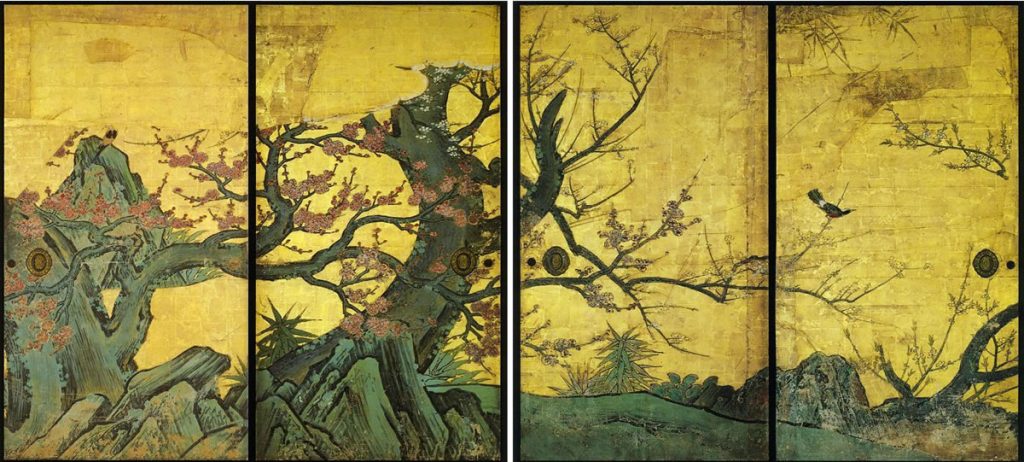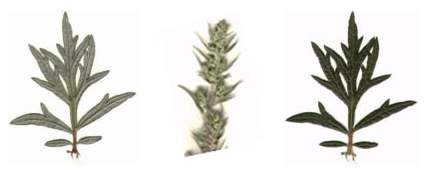Frequently Asked Questions

Below are the most common questions typically asked by my clients. Please read below and always feel free to reach out if you have any other questions.
What does a treatment feel like and how long will it take?
The treatment begins with a complete intake of information regarding current and past health conditions, allergies, medication taken, diet, work, and exercise and lifestyle habits.
Next, the acupuncturist will palpate the pulse at the wrists and abdomen.
Finally, the acupuncturist will place or insert needles or other tools at specific points. This should not be painful at any time. Most patients feel deeply relaxed and may fall asleep during a treatment. The treatment time is approximately 45 minutes.
How much does the Acupuncture Treatment cost?
The cost is $90.00 per treatment. Some private insurance companies cover acupuncture. Some HMOs offer a discount for acupuncture treatments. Please check with your individual insurance company for information.
What is Acupuncture?
Acupuncture is the stimulation of specific points located near or on the surface of the skin which have the ability to alter various biochemical and physiological conditions. The purpose is to balance the entire body, eliminate pain and enhance the general sense of well being.
How Does Acupuncture Work?
Acupuncture points are areas of designated electrical sensitivity. Stimulating or inserting needles at these points trigger sensory receptors. These receptors trigger nerves that transmit impulses to the hypothalamic-pituitary system at the base of the brain.
The hypothalamus-pituitary glands are responsible for releasing neurotransmitters and endorphins, also known as the body’s natural pain-killing hormones. Endorphins also help with the functioning of the hormonal system. This is why acupuncture works well for musculoskeletal pain and also for OB/Gyn conditions.
Acupuncture also helps regulate serotonin in the brain, so psychological conditions such as anxiety and depression respond well with treatment.
Are There Different Styles of Acupuncture?
Yes. There are many different styles and different materials used. It is important to know that in Massachusetts acupuncture is regulated by the Board of Medicine. Every style works differently, it is a matter of good rapport and results by the practitioner chosen.
What is the Depth of Needle Insertion?
In Japanese Acupuncture the needles, if inserted, are at a depth of about 3-6 mm.
Do the Needles Hurt?
There should be no pain. The sterilized, single-use needles are finer than a hair and the insertion is barely felt.
How Many Treatments are Necessary?
The number of treatments will be discussed during the initial visit. A general guideline is three treatments then an evaluation of progress will be discussed.
How Long is a Treatment Session?
Each session is about 45 minutes.
How are Treatments Spaced?
Depending on the condition treated, usually once or twice a week.
Are There Any Side Effects from Treatment?
It is important after a treatment to sip water. It is not necessary to drink a large quantity but to hydrate your system. Do not exercise for 2 hours after a treatment.
The general feeling after a treatment is more of a sense of well being.
How Do I Prepare for a Treatment?
Wear loose, comfortable clothing. Do not eat a big meal prior to treatment.
What is Moxabustion (Moxa) Artemisia Vulgaris?
Moxa, also called Mugwort is a fragrant plant. The plant becomes approximately 1 meter high.
The leaves are feathery and deeply cut into. The top is dark green, the underside is white, felt-like and hairy.
The properties of moxa have a thermal effect on the acupuncture points. There is also a chemical effect in which histotoxin is produced. This effect is beneficial to red and white blood cells, blood platelets and blood sugar levels.
Some of the physiological effects observed throughout the body include increased circulation, decreased inflammation, relief from pain, relief of muscle spasms and increased T-cell count which stimulates the immune system.
